In the early hours of March 26, 2024, the 116,851 DWT container ship Dali suffered an electrical malfunction while transiting the Patapsco River on its way out of the Port of Baltimore. The malfunction caused the ship to lose propulsion and steering capability, ultimately leading to the destruction of the Francis Scott Key Bridge. The incident was described by Maryland Governor Wes Moore as a “global crisis,” signifying how disruptive the collapse would become to local, national and international commerce.
Sadly, six workers lost their lives in the collapse, workers who were simply doing their jobs. But thanks to the quick work of the Maryland Transportation Authority (MDTA), the bridge was quickly closed to traffic, averting an even larger disaster.
Some 8,000 jobs at the port could be impacted. Since no new ships are coming in and none of the ships in port can get out, work at the port almost immediately ground to a halt. Officials estimate the economic impact of the collapse to be around $15 million per day.
By April 20, salvage efforts had resulted in the opening of three new channels, allowing approximately 15% of the normal ship transits to resume. The National Transportation Safety Board (NTSB) continues its investigation into the incident, with its preliminary report expected by the first week of May.
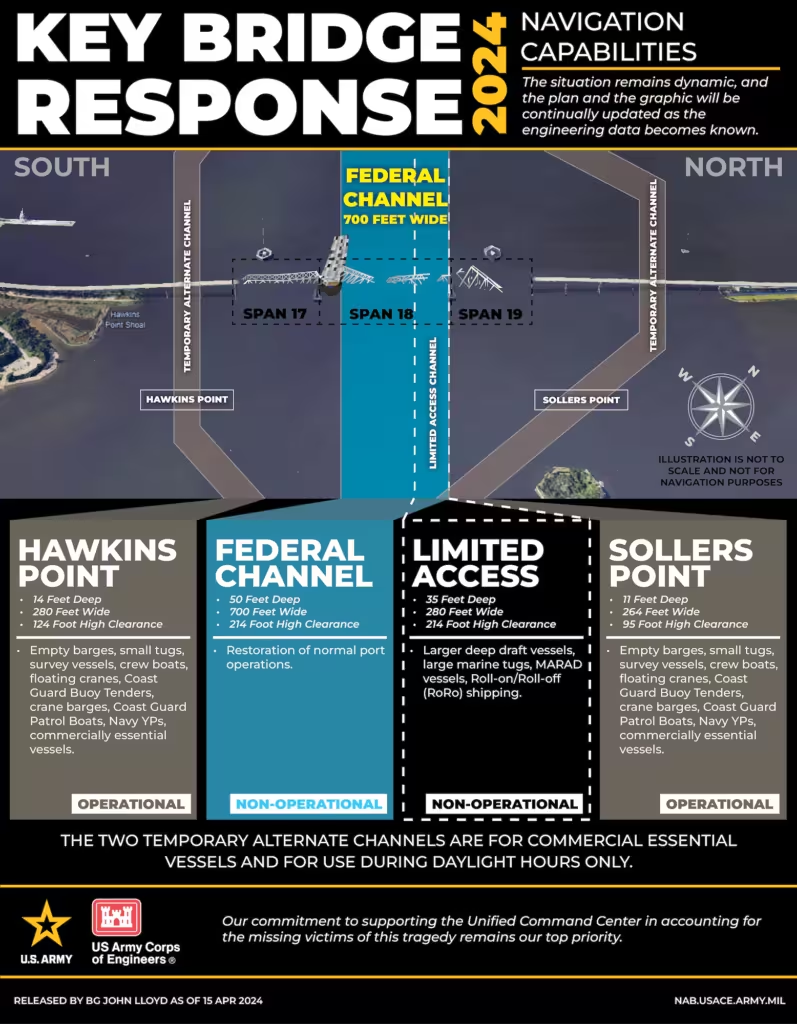
In this edition of TheBridgeGuy, we’ll take a look at the immediate fallout from the incident on the rest of the country and what the long term impacts could be. This will be the first of a series of articles on why bridges fall down and what we as a society can do about it.
Before we get started, let’s define some terminology. The incident that occurred on March 26 is considered an allision. Under maritime law, an allision occurs when a vessel strikes a stationary object, whereas a collision occurs when a vessel strikes a moving object. And March 26 was not the first time that an allision involving the Key Bridge had occurred – in 1980, a vessel roughly one third the size of the Dali struck one of the bridge piers. In fact, allisions involving bridge piers are not an infrequent occurrence according to a report issued by the World Association for Waterborne Travel Infrastructure in 2018. It is important to note, however, that catastrophic collapse in such cases is rare.
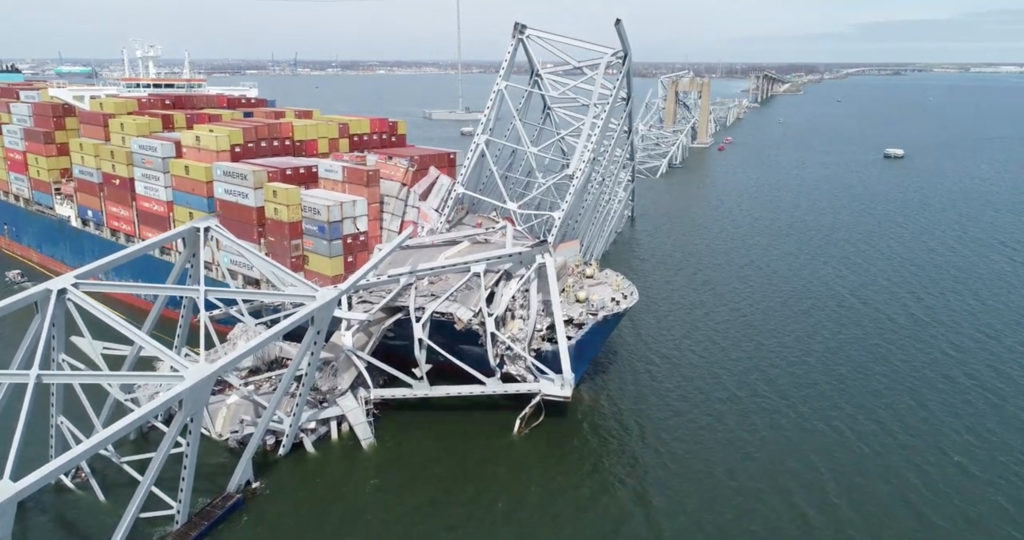
It wouldn’t take long for the media inquiries to begin flooding in to bridge owners all over the country, asking that one inevitable question, could something like that happen where I live?
New bridges built today consider vessel impact in their design in accordance with the bridge design specifications published by the American Association of State Highway and Transportation Officials (AASHTO). However, AASHTO did not specify how strong a bridge pier needed be to withstand a vessel strike until 1994. Francis Scott Key was completed in 1977, well before these standards came into effect.
When the original Sunshine Skyway Bridge partially collapsed on May 9, 1980 after an allision involving the MV Summit Venture, federal regulations for protecting bridges from vessel strikes were updated in earnest. However, these updated regulations only applied to bridges built after the regulations went into effect in 1991 and were not retroactive to existing bridges.
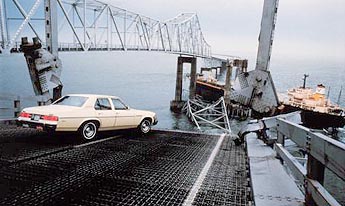
New designs consider vessel strikes in one of two ways. Either the bridge pier itself is designed to be strong enough to withstand a strike by a typical vessel user of the waterway, or pier protection structures are provided that are strong enough to withstand a vessel strike. Impact loads are based on the Dead Weight Tonnage (DWT) of a typical vessel and the speed of the vessel at the time of impact. Speed usually considers a vessel adrift, like the Dali, only traveling at the speed of the current.
For existing bridges, it is usually difficult to strengthen the bridge piers for a direct strike. In such cases, it is often easier to use pier protection. However, such modifications are costly and often place too heavy a burden on already cash strapped bridge owners – which is why existing bridges were exempted from complying with the 1991 federal updates. It was figured that over time, as these bridges were gradually replaced, that the situation would eventually resolve itself without the heavy hand of government regulation.

And then the terrorist attacks of September 11 happened. Much of the nation’s focus turned to terror rather than an accident or natural disaster as a cause for bridge collapse. After the allision in 1980 involving Francis Scott Key, the MDTA declined to study the possibility of a larger vessel strike on the bridge, instead focusing on the vulnerability of their bridges to terrorist attacks or looking for structural issues in the aftermath of the 2007 collapse of the I-35W Bridge in Minnesota.
It would be unfair to solely pick on MDTA for doing this. Nearly every agency in the country made similar decisions. In the wake of 9-11, many agencies launched vulnerability assessments of public infrastructure. Some bridges even had full time guards for a time. After the I-35W collapse, the Federal Highway Administration (FHWA) mandated that every bridge owner in the country had to load rate the gusset plates on their truss bridges. When it comes to public infrastructure, the United States tends to be reactive rather than proactive.
Could pier protection have saved the Francis Scott Key Bridge? Probably. If it was large enough and strong enough. The New York Times estimated that the impact that collapsed the bridge had a magnitude somewhere between 120 and 230 meganewtons of force. To put this in perspective, the most powerful engine ever devised by mankind (the Rocketdyne F-1 engine that helped send 21 men to the Moon) developed just under 7 meganewtons at launch. And to think the Dali was only moving at 7 knots!
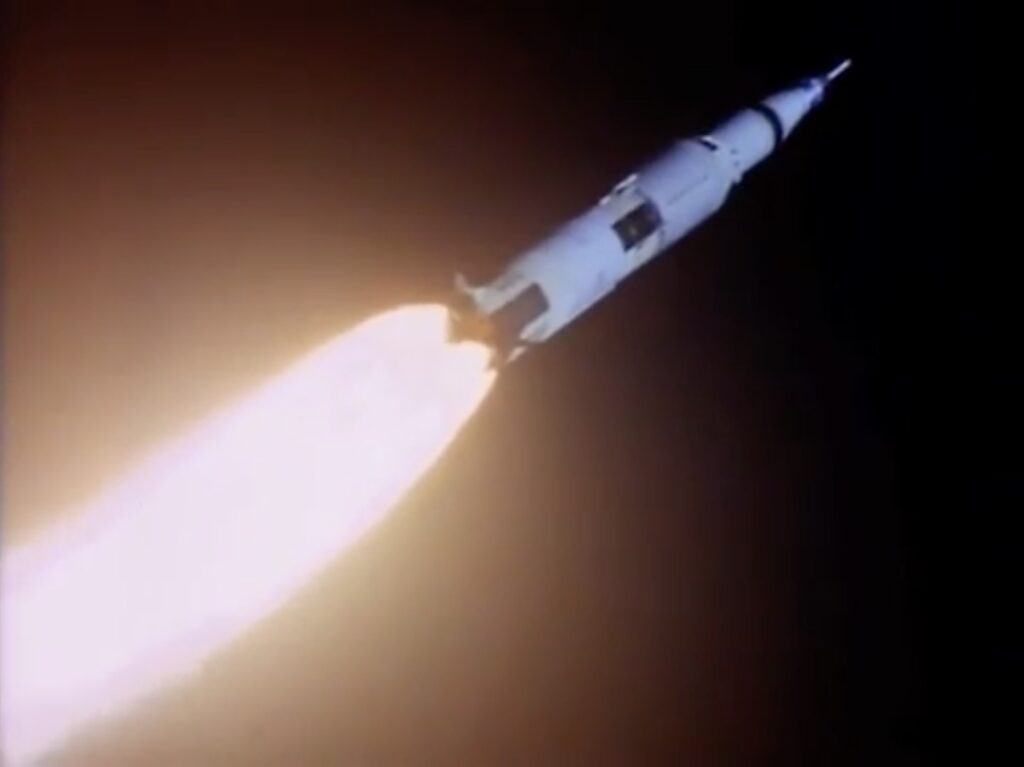
It is easy to have a knee jerk reaction to such incidents like the one on March 26. They are fresh in our minds, and for a time they rise to the top of the heap in terms of problems that decision-makers must grapple with. But it is important to keep such incidents in perspective. Gravity is still public enemy number one when it comes to aging bridges.
So what are the long term impacts of the Key Bridge collapse? The NTSB can make recommendations, but they cannot enforce them. Ultimately, waterway jurisdiction falls to the United States Coast Guard (USCG). Anytime a bridge over navigable waters is built or modified, the owner must seek a permit from the USCG. These permits outline every operational parameter from the placement and operation of navigation lights to vertical and horizontal clearance of the channel.

If bridge piers are sufficiently outside of the navigation channel, pier protection may not be required by permit. This was the case with the new Tacoma Narrows Bridge. The assumption is that a vessel is under control of a trained pilot and will be able to stay within the channel, well away from the bridge piers. Obviously, such an assumption was not valid in Baltimore. Incidentally, vessel impact was still considered in the design of the Tacoma Narrows Bridge towers – vessel impact did not control the design over seismic loads.
Still, the solution here may not be entirely on the bridge owner. Many have called for other common sense measures to be put into effect. The Dali began its transit at 39 minutes past midnight on March 26 – perhaps transits should only occur during daylight hours? When the Dali lost power it was able to let others know that a bridge strike was possible and called for tug assistance – perhaps assist tugs should escort vessels in and out during a transit? Only time will tell what measures will come into effect as a result of this incident.
And as for the bridge itself? Replacement will be a long road and it will be expensive. The bridge was supposed to be a tunnel, however when bids were opened, they were substantially over the $220 million budget. The alternative was a bridge, completed eight years later and $33 million over budget. At the time of its collapse, Francis Scott Key was the third longest continuous truss bridge in the world.
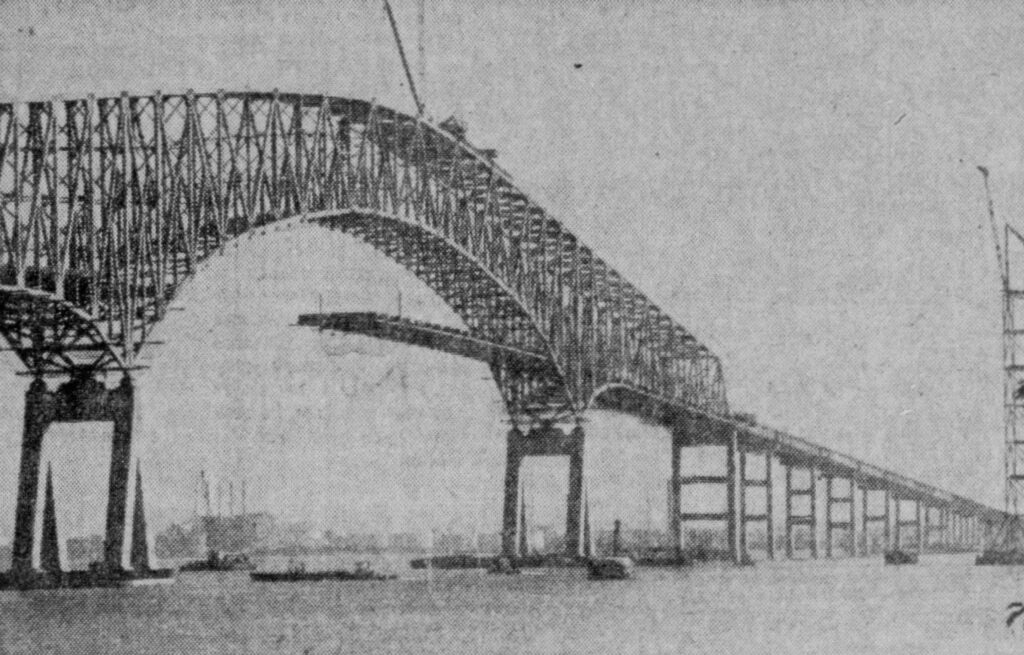
Several concepts for a replacement structure have been floated in the media since its collapse. Many are calling for a cable stayed design both for aesthetic reasons and to maximize the size of the channel for shipping. With the actual design being the main variable, many think the price tag could be nearly $1 billion. One thing that is for certain, the replacement structure will not be a truss!
And what about timeframe? The first priority is to get the channel open for commerce. That involves removal of the bridge wreckage, then refloating the Dali. All of that will take time. However, crews on site say it is a matter of weeks rather than months. As for a new bridge, the I-35W Bridge was replaced in 14 months. But at nearly 3 times the traffic volumes as the Key Bridge’s 30,000 vehicles per day, it is no surprise that replacement in that case went so quickly. I would say 18 months to 2 years is more realistic for the Key Bridge.
In the next edition of TheBridgeGuy, we’ll dive a bit deeper into why bridges fall down and what we can do about it.
Views: 1436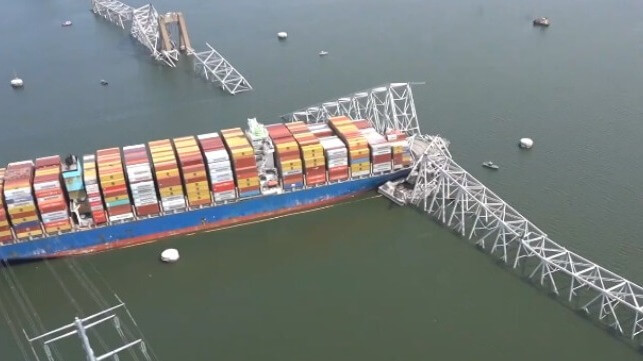
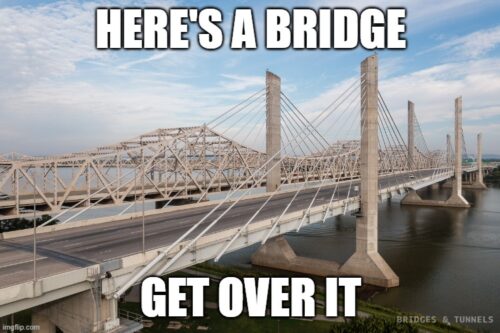
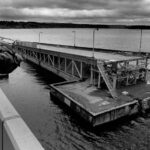
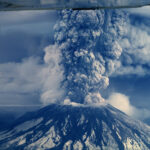




Nice work Nick! Sure glad the Agate Pass bridge gets the attention it needs as I am a frequent user of that one.